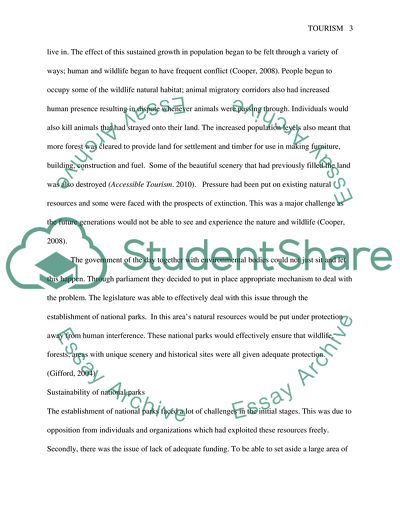Cite this document
(Sustainable Community Development and National Park Research Proposal, n.d.)
Sustainable Community Development and National Park Research Proposal. https://studentshare.org/tourism/1820669-sustainable-community-development-and-national-park-x
Sustainable Community Development and National Park Research Proposal. https://studentshare.org/tourism/1820669-sustainable-community-development-and-national-park-x
(Sustainable Community Development and National Park Research Proposal)
Sustainable Community Development and National Park Research Proposal. https://studentshare.org/tourism/1820669-sustainable-community-development-and-national-park-x.
Sustainable Community Development and National Park Research Proposal. https://studentshare.org/tourism/1820669-sustainable-community-development-and-national-park-x.
“Sustainable Community Development and National Park Research Proposal”. https://studentshare.org/tourism/1820669-sustainable-community-development-and-national-park-x.


